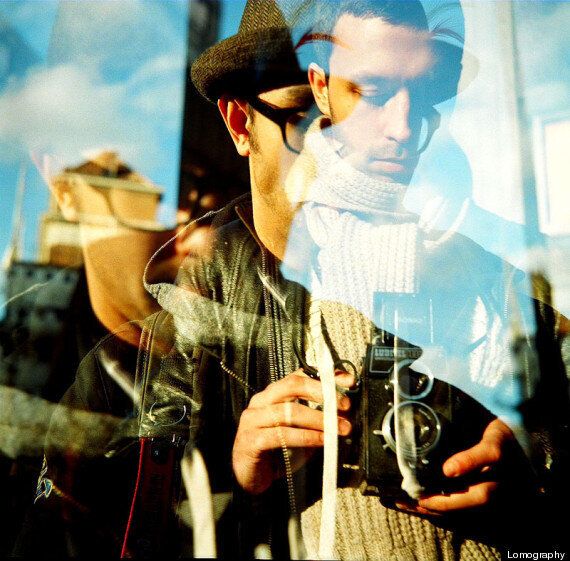Twenty years after its launch, Lomography's finally gaining truly global recognition - as part of a major exhibition at the Museum of London, during the Capital's hosting of the Olympics. But what even is Lomograph? And furthermore, why should we care?
So you've heard of Instagram; the mobile phone app which makes cruddy lo-res shots of cupcakes and dogs look all wistful and vintage. If you've not heard of it, you might have noticed an increase in sepia tones on your Facebook wall lately. It's likely Instagram is the cause.
This aesthetic may have seen a boom in recent years, but it's been rumbling on in underground photography circles for a lot longer. It's called analogue photography, or Lomography, and mobile phones and Apple App Store have nothing to do with it.

Over-saturated colours and ad-hoc composition are all part of the Lomo look
Lomography is a photographic community which celebrates the accidental side of taking photos. Fittingly, it all started by pure chance 20 years ago, when a group of students discovered the Lomo Kompakt Automat - a small Russian film camera which produced especially colourful, uniquely framed shots.
Since then, Lomo's taken on the world, and with it exhibitions, parties, collaborations and, importantly, the 10 Golden Rules, all dedicated to these little plastic cameras.
Amateur-artsy holiday shots (think tube stops and international food packaging) and an inexplicably large number of photos of people's feet are everywhere. But why use expensive specialist film, pay for processing, and faff around with a comical-looking camera when you've got it all on a phone?

The Lomowall at the Museum of London is installed
Digital Manager for Lomography, Heidi Mace, says: "Instagram, and other digital photography, are absolutely brilliant innovations that all take photos. However, just because sculpture was invented, people didn't stop painting! There is room in the world for all manner of artforms, each prized for their own characteristics. Film photography never went away."
And over a million other happy snappers would agree - including the likes of Alexa Chung, Daisy Lowe and Rachel Khoo.
The fashion connection isn't surprising - Lomography is a trend firmly rooted in looks. The resulting photos are charming, but the design appeal of Lomo cameras has seen their placement in Urban Outfitters and Selfridges - and people can't get enough.

The classic 'Diana' Lomography camera, which has become a fashion accessory.
Mace comments: "In 2011 we sold 1.8 million rolls of film, and we see constant growth."
Part of the appeal, Mace says, is that no two photos look the same. And while this is relatively old technology, the Lomography community is far from it, cataloguing some 10,000 photos per day on lomography.com, where they can be searched by popularity, geo-location, colour and hex value.

Double-exposure is another aspect of the accidental nature of Lomography
Want to get involved yourself? The website's a good place to start - and familiarise yourself with the 10 Golden Rules.
Hipster trend, colourful fad - both can be levelled at Lomography. But if you bear the community's mantra in mind, "Don't Think, Just Shoot", maybe it's not so different from that hoarde of Instagram shots lurking on your phone after all.
Lomowall is running at the Museum of London until 31 January 2013